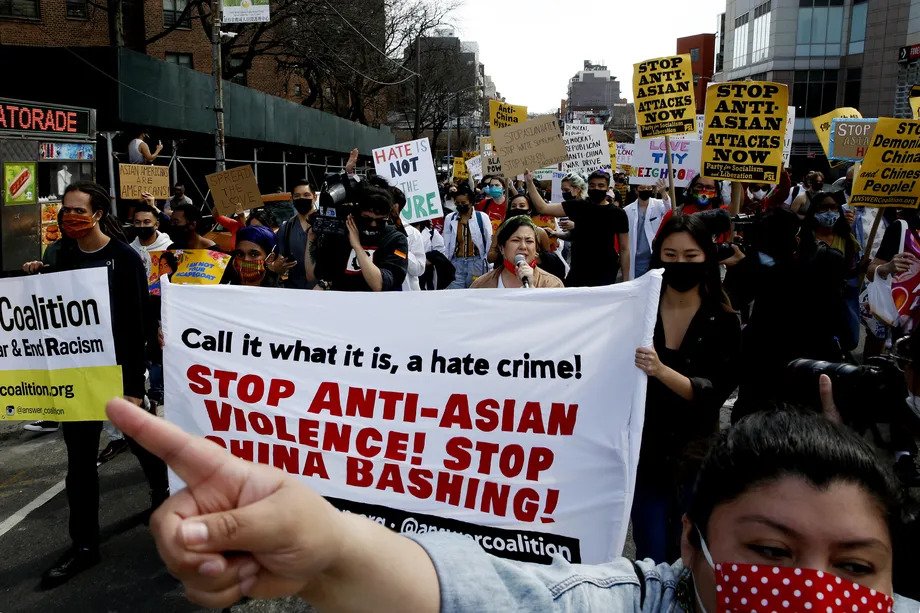After a rise in hate crimes, some Asian American students are nervous about returning to school

It’s not just the Delta variant that makes Zhenghao Lin, a Chinese immigrant, nervous about returning to school next month.
Zhenghao, a rising senior at Franklin Delano Roosevelt High School in Brooklyn, said he has been subjected to racist comments at school since he arrived in New York City as a fourth grader. His anxiousness about interacting with non-Asian peers only grew over the course of the pandemic.
“After what I’ve seen on social media and about the Asian American hate crimes in New York City, I do not feel safe going back to school physically,” Zhenghao said. “I may have to deal with the occasional bat-eater comment or, ‘You guys started it’ comment, or any of those microaggressions. If I go on the bus or take the subway, I might have to deal with those comments, too.”

Brooklyn Boro
View MoreNew York City’s most populous borough, Brooklyn, is home to nearly 2.6 million residents. If Brooklyn were an independent city it would be the fourth largest city in the United States. While Brooklyn has become the epitome of ‘cool and hip’ in recent years, for those that were born here, raised families here and improved communities over the years, Brooklyn has never been ‘uncool’.